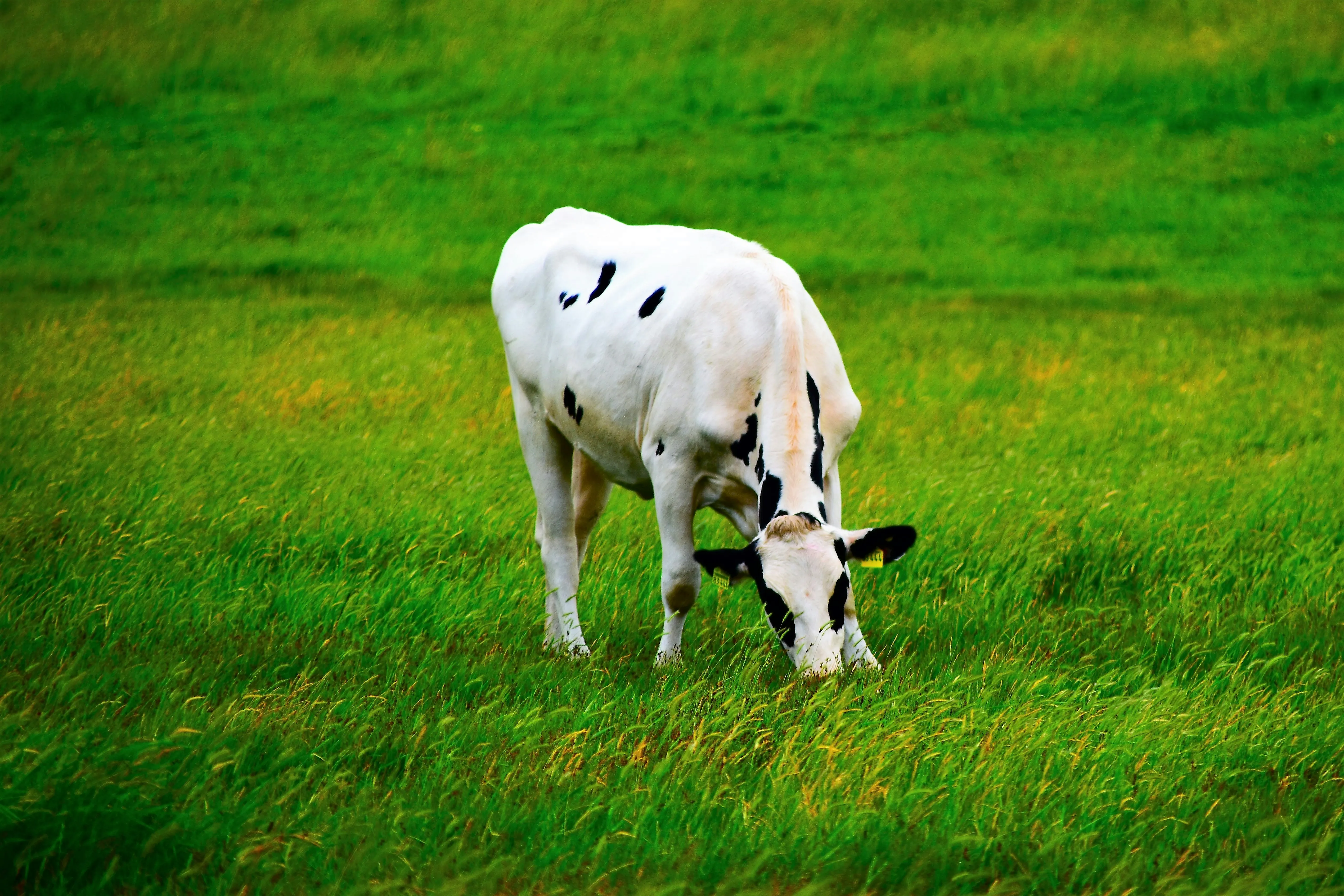Sustainable Grazing Practices for Healthy Livestock and Land
Discover the benefits of sustainable grazing practices for healthy livestock and land management. Learn how Vriksha Farms integrates eco-friendly livestock management with responsible agroforestry to promote soil health, biodiversity, and sustainable farming in Bangalore.

Introduction
In the quest for sustainable farming, the role of livestock management cannot be overstated. At Vriksha Farms, we recognize the importance of integrating livestock into our agroforestry practices to enhance soil health, promote biodiversity, and support a sustainable ecosystem. This blog post delves into sustainable grazing practices, highlighting their benefits for both livestock and land, and how they align with Vriksha Farms' commitment to responsible agriculture near Bangalore.
Sustainable Grazing: A Pillar of Eco-Friendly Farming
Sustainable grazing practices are essential in maintaining healthy livestock and land. These practices involve managing the grazing patterns of livestock to ensure that they contribute positively to the ecosystem. Key aspects include rotational grazing, maintaining appropriate stocking rates, and integrating livestock with crop production.
Rotational Grazing: Maximizing Land Productivity
Rotational grazing is a method where livestock are moved between pastures to allow vegetation in previously grazed areas to regrow. This practice not only ensures a constant supply of fresh forage for the livestock but also helps in soil regeneration, promoting plant diversity and preventing overgrazing.
Balancing Stocking Rates: Ensuring Animal and Land Health
Appropriate stocking rates are crucial in sustainable livestock management. Overstocking can lead to overgrazing, soil degradation, and reduced land productivity. Vriksha Farms emphasizes balancing livestock numbers with the carrying capacity of the land, ensuring that both the animals and the land remain healthy and productive.
Livestock and Crop Integration: A Holistic Approach
Integrating livestock with crop production is a key element of sustainable farming. This integration allows for efficient use of land resources, with livestock providing natural fertilization for crops and crop residues serving as feed. This symbiotic relationship enhances soil fertility, reduces waste, and increases farm productivity.
Environmental Benefits of Sustainable Grazing
Sustainable grazing practices have significant environmental benefits. They contribute to soil health by improving soil structure and fertility. The activity of grazing animals helps in aerating the soil and cycling nutrients. Additionally, these practices support biodiversity by maintaining diverse habitats for wildlife.
Economic Advantages for Farmers
Adopting sustainable grazing practices offers economic benefits for farmers. Improved soil health and biodiversity lead to more resilient and productive land, reducing the need for external inputs like fertilizers and pesticides. Healthier livestock also means reduced veterinary costs and better quality products.
Vriksha Farms: Pioneering Sustainable Livestock Management
At Vriksha Farms, we are committed to implementing sustainable grazing practices as part of our responsible agroforestry model. Our approach to livestock management is designed to work in harmony with nature, supporting the long-term health of the land and the wellbeing of the animals.
Conclusion
Embracing sustainable grazing practices is a key step towards more eco-friendly and efficient farming. These practices not only benefit the livestock and land but also contribute to the overall sustainability of the farming ecosystem. At Vriksha Farms, we're proud to lead the way in integrating these practices into our farming operations, offering a model for sustainable agriculture in the Bangalore region.
Call to Action
Explore the world of sustainable farming with Vriksha Farms. Join us in our journey towards a more sustainable future, where healthy livestock and land go hand in hand. Contact us to learn more about our farming practices and how you can be a part of this eco-friendly movement.
